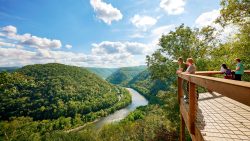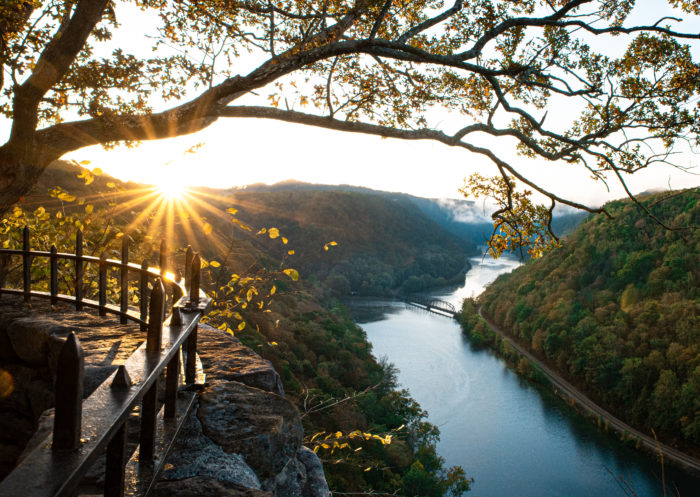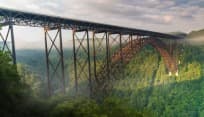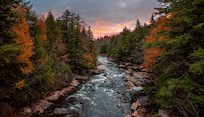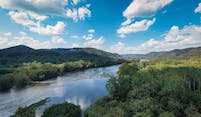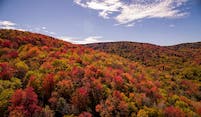3 areas in WV that grow flora usually found across the world
Have you heard of Ice Mountain? This 150-acre nature preserve in Hampshire County gets its name from an unusual geological feature: The talus (that’s a big pile of fragmented rock) at the mountain’s base traps cold air and creates a refrigeration effect, causing ice to form inside the vents year-round. Back in the olden days, folks would dig ice from the mountain to make ice cream for their Fourth of July picnics!
The cooler-than-average temperatures on the mountain create a unique ecosystem that encourages growth of boreal-type plants more commonly found in subarctic regions. Northern boreal species like Appalachian wood fern, Canada mayflower and prickly gooseberry grow alongside the common West Virginia flora like rhododendron, Eastern white pine and sugar maple. Because of its unusual features, people have referred to Ice Mountain as “Nature’s Refrigerator.”
This unique ecosystem is just one of many features that makes Ice Mountain a special place. At the mountain’s base flows the North River, where the fishing is excellent and you might even spy the elusive otter or mink. On the mountaintop, the Raven Rocks outcrop reveals a spectacular panorama of the valley above which bald eagles soar.
Tours of Ice Mountain can be arranged by contacting the Nature Conservancy.
If you’re intrigued by natural wonders like Ice Mountain, check out these other Mountain State marvels:
Dolly Sods
Named after the Dahles, an 18th century German homesteading family, the Dolly Sods Wilderness in the Monongahela National Forest is a rocky, high-altitude plateau known for its wind-swept beauty and sweeping vistas. The area is characterized by stunted red spruce trees, sphagnum bog and heath shrubs, creating a tundra-like landscape similar to that of Alaska’s.
The sods provide habitat for common West Virginia wildlife like black bear, red and gray fox and white-tailed deer, as well as the snowshoe hare, a species more common to Canada and Alaska.
The wilderness is laced with 47 miles of hiking trails and primitive camping is available at Red Creek Campground. If you prefer the comfort of a lodge room or cabin, Canaan Valley Resort State Park is just a few miles away.
Cranberry Glades
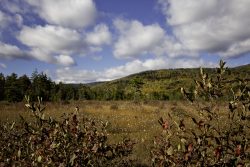 Near the southern end of the Monongahela National Forest lies Cranberry Glades Botanical Area, a high-altitude cluster of boreal-type bogs that form along the headwaters of the Cranberry River.
Near the southern end of the Monongahela National Forest lies Cranberry Glades Botanical Area, a high-altitude cluster of boreal-type bogs that form along the headwaters of the Cranberry River.
These peat bogs support plants normally found at higher latitudes. A boardwalk trail winds through the area where you can view a variety of unique plants including cranberries, sphagnum moss, skunk cabbage and even two carnivorous plants—purple pitcher and sundew.
The glades serve as breeding ground for a variety of birds including thrushes, warblers and finches. In the evening you might even catch a glimpse of a black bear snacking on some skunk cabbage.
Learn more about the unique features of this natural landmark at Cranberry Mountain Nature Center (open mid-April through mid-October). Cranberry Glades is a convenient stop along the Highland Scenic Highway, making it a great place to get out and stretch your legs.
Plan your tripThis post was last updated on March 17, 2022

